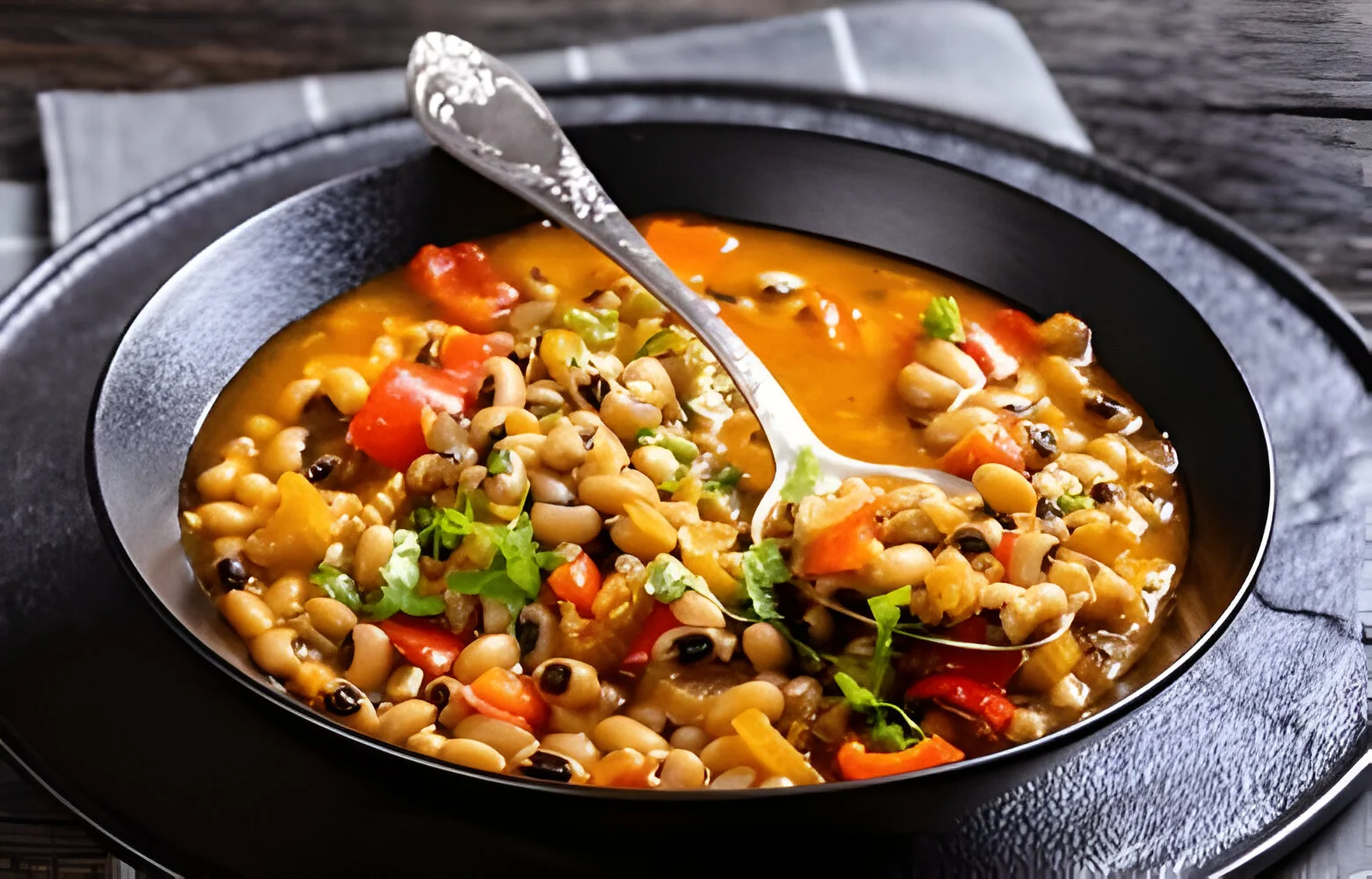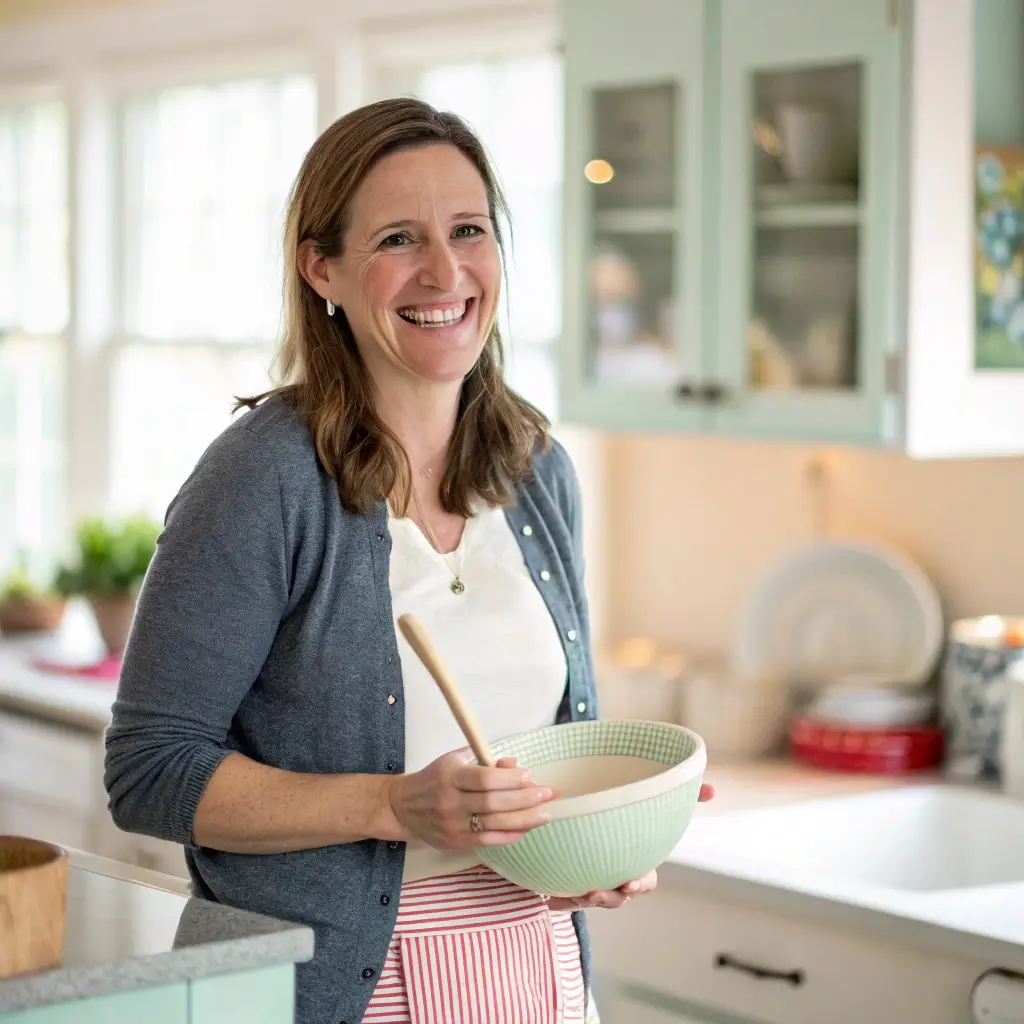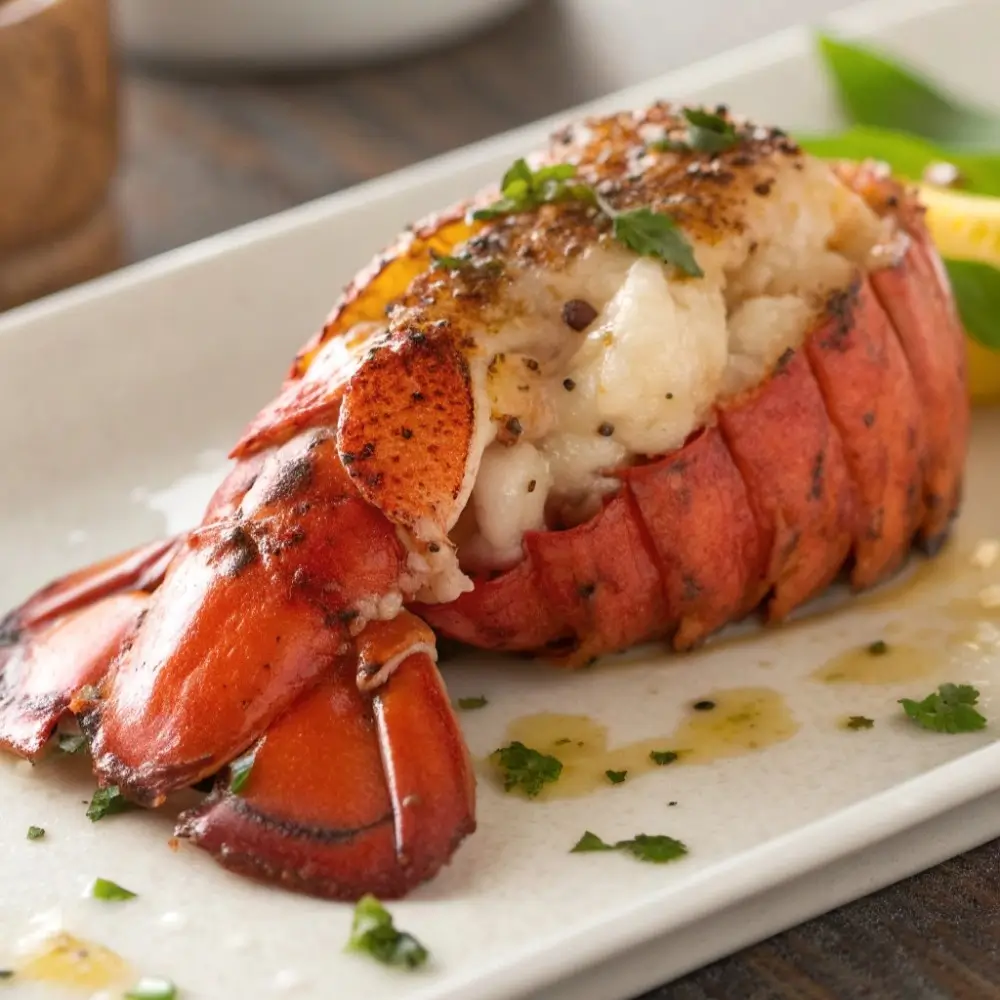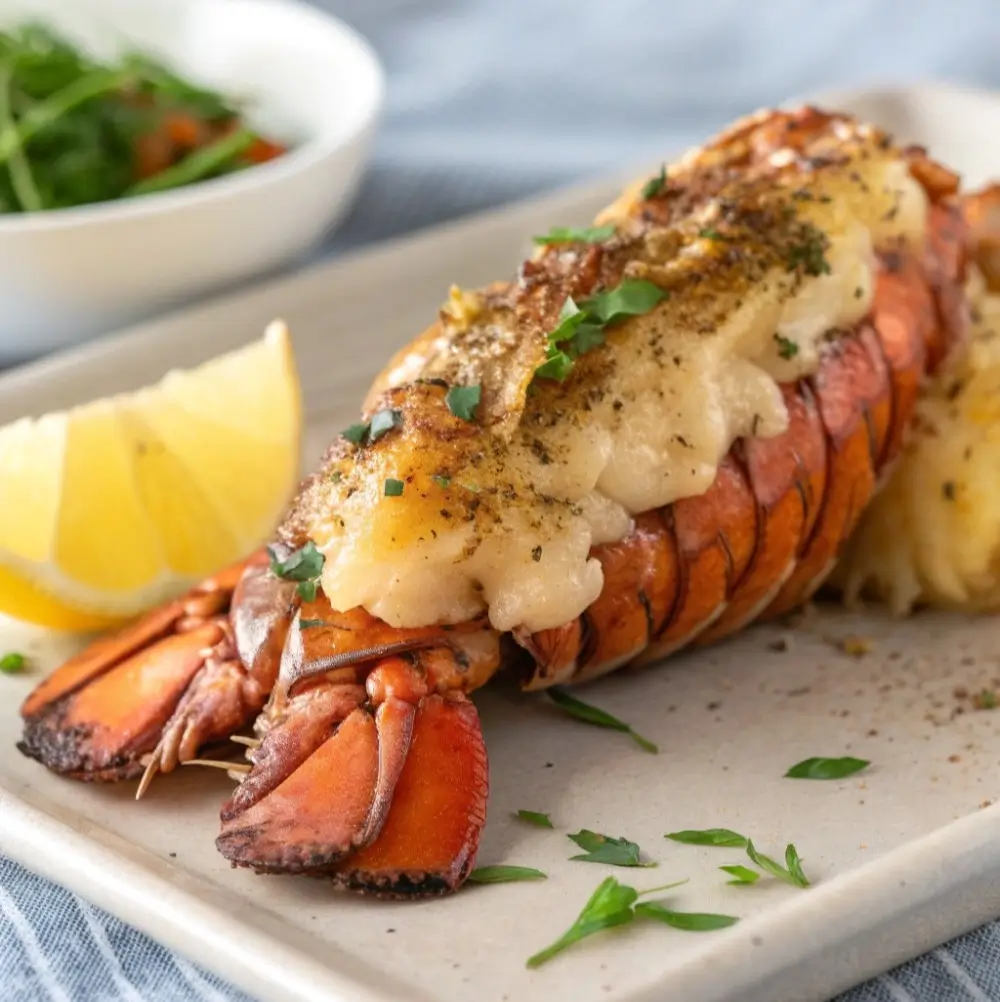Table of Contents
Before we dive into the heart of our guide, let’s take a moment to appreciate the humble yet magnificent black eyed peas. These little gems are not just a culinary delight; they’re a bundle of nutrition, history, and versatility, wrapped in a small, creamy-white package with a distinct black spot. Whether you’re aiming to whip up a soul-soothing Southern classic or a vibrant, health-packed salad, black eyed peas recipe offer a canvas for your culinary creativity. So, buckle up as we embark on a journey through the world of black eyed peas recipes, where tradition meets modern taste buds, health benefits abound, and every spoonful is a step towards a heartier, happier you.
Introduction to Black Eyed Peas
What Are Black Eyed Peas?
Black eyed peas, often hailed as a culinary treasure in Southern cuisine, are much more than a staple for New Year’s celebrations. Moreover, packed with protein, fiber, and essential nutrients, these beans are a powerhouse of goodness. Additionally, originating from West Africa, their journey to the American South is a tale as rich as their flavor, blending cultures and traditions into the pots of today’s kitchens.
Nutritional Benefits
Diving into the nutritional profile of black eyed peas reveals why they’re celebrated not just for their taste but also for their health perks. Rich in dietary fiber, they’re fantastic for digestive health, while their high protein content makes them a go-to for vegetarians and health enthusiasts alike. Laden with iron, potassium, and magnesium, they’re like nature’s multivitamin.
Cultural Significance
The tradition of eating black eyed peas on New Year’s Day, symbolizing prosperity and good luck, is a nod to their deep-rooted cultural significance. But their influence stretches beyond, being a staple in dishes across the globe, from the hearty stews of the American South to the spicy curries of Indian cuisine.
Why Include Black Eyed Peas in Your Diet?
Health Benefits
Incorporating black eyed peas into your diet is akin to giving your body a hug. Moreover, their low glycemic index means they’re excellent for blood sugar control, making them a wise choice for diabetics. Additionally, their nutrient-dense profile supports heart health and aids in weight management.
Versatility in Cooking
What’s not to love about an ingredient that can morph from the main dish to a side, from salad to soup, without breaking a sweat? Moreover, black eyed peas lend themselves to a plethora of recipes, ready to take on flavors, be they bold or subtle, and shine in every dish.
As we step into the world of black eyed peas recipe, let’s remember that every spoonful carries a story, a bundle of health, and an invitation to explore culinary horizons far and wide. Furthermore, stay tuned as we continue our journey, exploring how to select, store, and prepare these little nuggets of nutrition and flavor in next part.
For more delightful recipes and cooking tips, feel free to visit our homepage.
Preparing Black Eyed Peas
Selecting and Storing Black Eyed Peas
Choosing the right black eyed peas is your first step toward a delicious meal. They come in three main varieties: fresh, dried, and canned. Fresh peas are seasonal and have a sweet, earthy flavor, but they’re a rare find outside of specialty markets. Dried peas are the most common and budget-friendly option, offering a blank canvas for your culinary creations. Canned peas are convenient, but watch out for added sodium.
Storage Tips are straightforward. Fresh peas should be refrigerated and used within a week. Dried peas, on the other hand, can be stored in a cool, dry place for up to a year, making them a pantry staple. Canned peas have a long shelf life but should be consumed within a month once opened.
Preparing Black Eyed Peas for Cooking
Soaking dried black eyed peas recipe is a debated topic. Some swear by it, claiming it reduces cooking time and makes the peas more digestible, while others skip it altogether. If you choose to soak, there are two methods: overnight soaking and the quick soak method. Overnight soaking involves leaving the peas in water for at least eight hours, while the quick soak method simmers them for a few minutes before leaving them to stand for an hour.
To Soak or Not to Soak? That is the question. Soaking can lead to a more uniform texture and reduce phytic acid, which can inhibit mineral absorption. However, black eyed peas recipe are more forgiving than other legumes, and many recipes do just fine without soaking, especially when using a pressure cooker or slow cooker.
In the kitchen, black eyed peas recipes are a humble ingredient that packs a punch. Furthermore, as we venture into recipes and cooking tips in the next section, remember that whether soaked or not, these peas are a versatile addition to your culinary repertoire, ready to absorb the flavors of your favorite seasonings and spices. So, let’s keep our aprons on and move forward, exploring the classic and modern takes on black eyed peas recipes that await us.
Black Eyed Peas Recipes
Embarking on the culinary journey of black eyed peas recipes, we find ourselves amidst a spectrum of flavors, textures, and traditions. Moreover, from the comforting warmth of a Southern classic to the refreshing zest of a modern salad, these recipes showcase the versatility and global appeal of black eyed peas.
Classic Black Eyed Peas Recipe
A staple in Southern cuisine, this classic recipe is a hearty, flavorful, and soul-warming dish that’s perfect for any occasion.
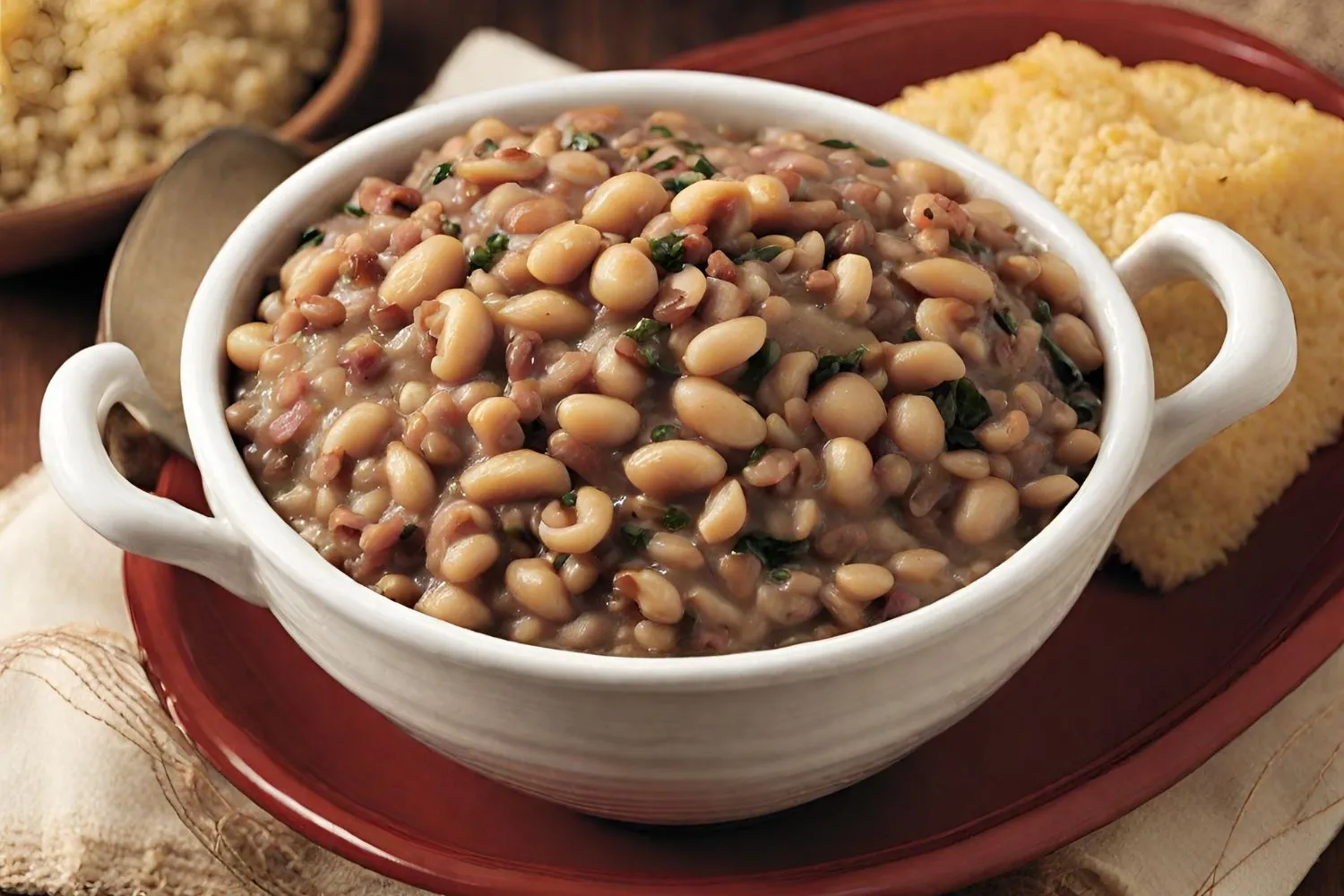
Ingredients:
- 1 pound of dried black eyed peas
- 1 large onion, chopped
- 2 cloves of garlic, minced
- 1 smoked turkey leg or ham hock (optional for a vegetarian version)
- 6 cups of water or broth
- Salt, pepper, and spices to taste
Step-by-Step Instructions:
- If you’ve decided to soak your peas, drain them and set aside.
- In a large pot, sauté onion and garlic until translucent.
- Add the black eyed peas, water or broth, and the smoked turkey leg or ham hock.
- Bring to a boil, then reduce heat and simmer for about an hour, or until the peas are tender.
- Season with salt, pepper, and your choice of spices.
- Serve hot and enjoy the rich, comforting flavors.
Modern Takes on Black Eyed Peas Recipes
Vegan Black Eyed Peas
This plant-based version brings a modern twist to the traditional recipe, using aromatic spices and vegetables to create a dish brimming with flavor.
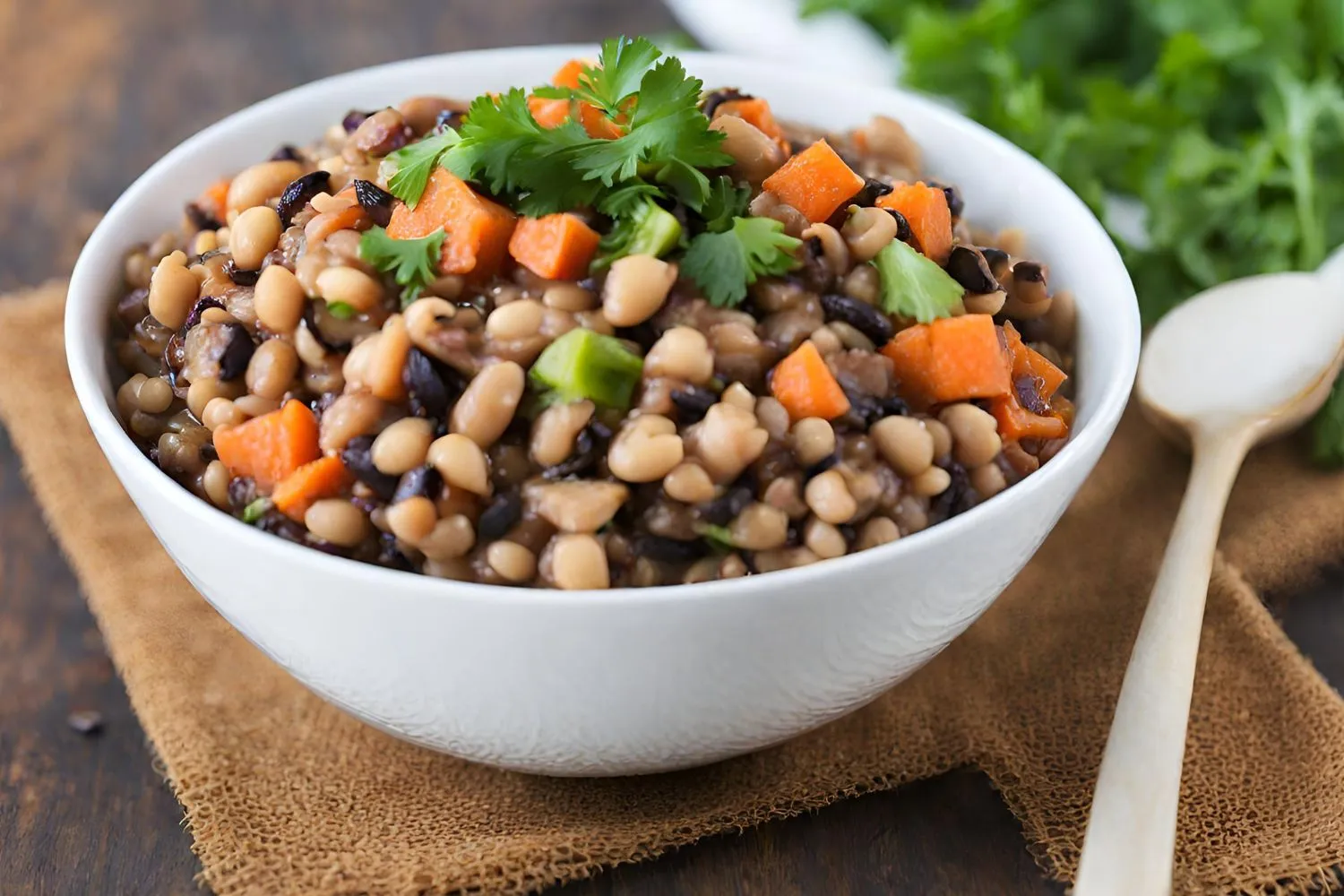
Ingredients:
- 1 pound of dried black eyed peas
- 1 onion, diced
- 2 carrots, diced
- 2 stalks of celery, diced
- 1 red bell pepper, diced
- 3 cloves of garlic, minced
- 1 teaspoon smoked paprika
- 1 teaspoon cumin
- Salt and pepper to taste
- Olive oil
- 6 cups vegetable broth
Instructions:
- Follow the initial steps for soaking and preparing the peas as mentioned above.
- Heat olive oil in a large pot. Add onions, carrots, celery, bell pepper, and garlic. Cook until softened.
- Stir in smoked paprika and cumin, cooking for another minute.
- Add the black eyed peas and vegetable broth. Bring to a boil, then simmer until the peas are tender.
- Adjust seasoning with salt and pepper.
- Serve with a side of rice or greens for a complete vegan meal.
Black Eyed Peas Salad Recipe
For something lighter, this salad is refreshing, nutritious, and bursting with colors and textures.
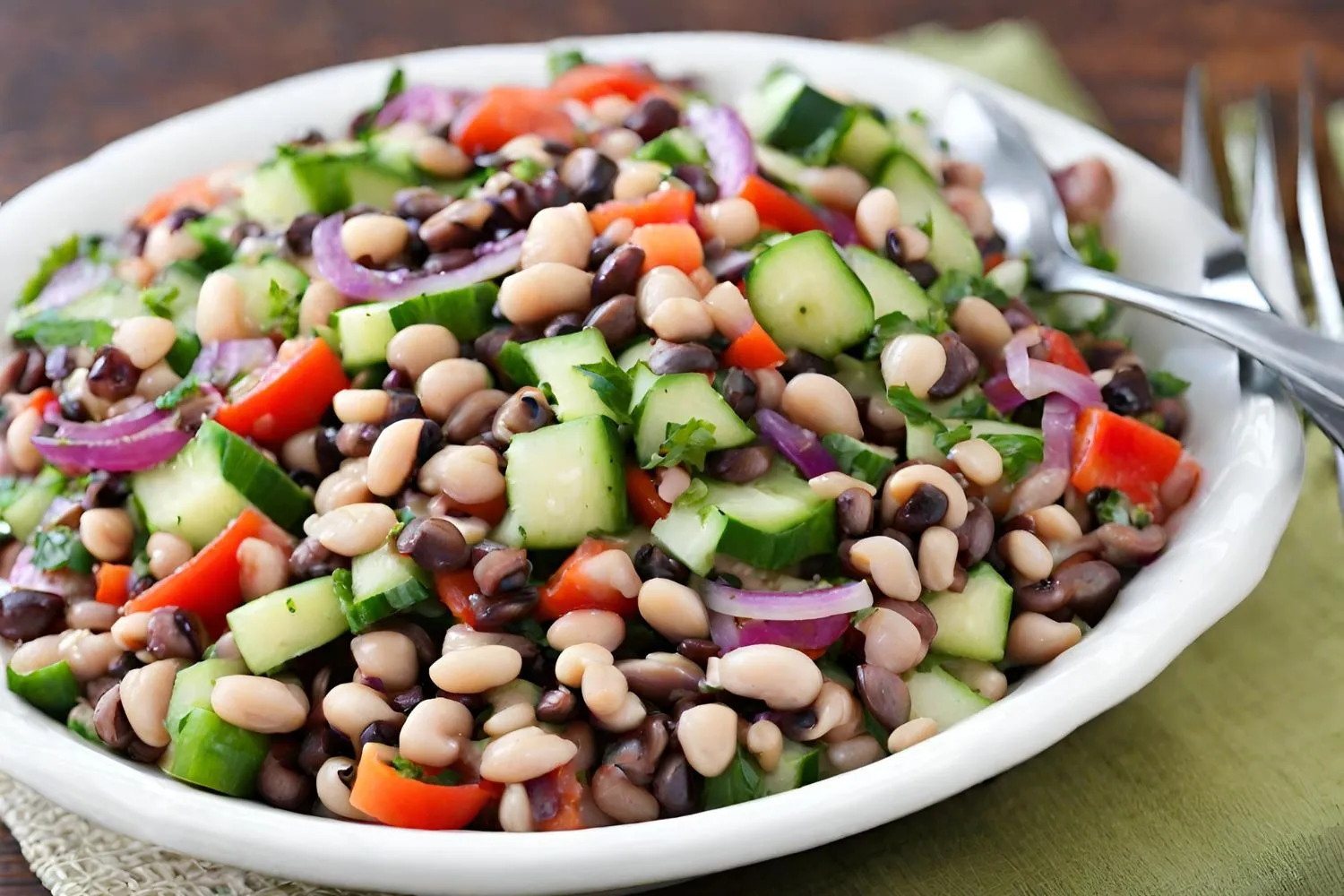
Ingredients:
- 3 cups cooked black eyed peas (canned is fine, just rinse and drain)
- 1 cucumber, diced
- 1 bell pepper, diced
- 1/4 cup red onion, finely chopped
- 2 tablespoons fresh parsley, chopped
- For the dressing: Juice of 1 lemon, 3 tablespoons olive oil, salt, and pepper
Instructions:
- In a large bowl, combine black eyed peas, cucumber, bell pepper, red onion, and parsley.
- Whisk together lemon juice, olive oil, salt, and pepper.
- Pour the dressing over the salad and toss to coat evenly.
- Chill for at least 30 minutes before serving.
Each of these recipes, whether steeped in tradition or infused with a modern twist, highlights the humble black eyed peas‘ ability to transcend culinary boundaries. For more on the health benefits of black eyed peas, visit Healthline, and discover why this versatile legume is a must-have in your diet. Stay tuned as we explore more ways to serve and enjoy black eyed peas in the next section.
Serving and Pairing Ideas
After mastering the art of cooking black eyed peas through various recipes, the next step is presenting and pairing them to elevate your meals from good to gourmet. Furthermore, this section will guide you on how to serve these nutritious legumes creatively and what foods and flavors complement them best.
How to Serve Black Eyed Peas
Black eyed peas have a versatile flavor profile that makes them a fantastic component of both casual and sophisticated dining. Here are some creative ways to serve them:
- As a Warm Side Dish: Enhance the natural flavors of black eyed peas with a drizzle of olive oil, a sprinkle of sea salt, and a dash of fresh herbs like parsley or thyme. Serve alongside grilled vegetables or your favorite protein for a wholesome meal.
- In Soups and Stews: The creamy texture of black eyed peas makes them an excellent addition to soups and stews. They add depth and richness, absorbing the flavors of the broth and seasonings.
- As a Salad Topping: Add cooked black eyed peas to salads for a boost of protein and fiber. Their earthy taste pairs well with crisp greens, fresh veggies, and a tangy dressing.
Pairing with Black Eyed Peas
Choosing the right pairings can turn your black eyed peas dish into a culinary experience. Here are some suggestions:
- Grains: Serve black eyed peas with a side of rice, quinoa, or cornbread. These grains complement the texture and flavor of black eyed peas, making for a satisfying meal.
- Greens: Pair them with collard greens, kale, or spinach. The bitterness of the greens balances the earthiness of the peas, especially when cooked with garlic and a hint of lemon.
- Proteins: For non-vegetarian options, black eyed peas go well with smoked turkey, chicken, or fish. For vegetarian or vegan meals, combine them with other legumes or nuts to ensure a complete protein profile.
The beauty of black eyed peas lies in their ability to blend seamlessly with a variety of ingredients, making them a versatile choice for any meal. Moreover, experiment with different herbs, spices, and accompaniments to discover your favorite combinations.
By now, you’re equipped with the knowledge to prepare, serve, and pair black eyed peas in ways that will delight your taste buds and impress your guests. Furthermore, remember, the key to great food lies not just in the recipe but in the love and creativity you bring to the table. So, don’t hesitate to put your spin on these dishes and make each meal with black eyed peas a celebration of flavors.
Frequently Asked Questions About Black Eyed Peas
As we’ve navigated through the ins and outs of preparing and enjoying black eyed peas, a few common queries tend to crop up among culinary enthusiasts and health-conscious eaters alike. Let’s tackle some of these FAQs to demystify any lingering doubts and ensure your black eyed peas dishes are both delicious and nutritious.
Can Black Eyed Peas be Cooked Without Soaking?
Absolutely! While soaking black eyed peas can reduce cooking time and make them a tad more digestible, it’s not a must-do step. These versatile legumes cook beautifully even without soaking, especially in dishes where cooking time is a bit longer, like stews or slow-cooked recipes. Just remember, if you’re skipping the soak, rinse them well and check for any debris.
Are Black Eyed Peas Gluten-Free?
Yes, black eyed peas recipe are naturally gluten-free, making them a fantastic food choice for those managing celiac disease or gluten sensitivities. However, always be mindful of cross-contamination or added ingredients in pre-packaged dishes that might introduce gluten into your meal.
How Long Do Cooked Black Eyed Peas Last in the Fridge?
Properly stored, cooked black eyed peas will last in the refrigerator for up to five days. Ensure they’re cooled to room temperature before transferring them to an airtight container. This makes them a great option for meal prep, ready to add a nutritious boost to dishes throughout the week.
Conclusion and Final Thoughts
Embracing black eyed peas in your cooking repertoire opens up a world of culinary possibilities. Moreover, from their rich cultural history to their impressive nutritional profile, these humble legumes have much to offer. Whether you’re stirring up a traditional Southern dish to celebrate New Year’s luck or simply seeking to enrich your diet with more plant-based protein and fiber, black eyed peas are a versatile and satisfying choice.
As we wrap up our comprehensive exploration of black eyed peas, remember that the true magic lies in experimentation. Furthermore, don’t be afraid to tweak recipes to your taste, incorporating your favorite spices or seasonal ingredients. Additionally, the simplicity of black eyed peas makes them a forgiving ingredient, ready to take on the flavors of your choosing.
In the end, it’s the passion and creativity you bring to the kitchen that transforms simple ingredients into memorable meals. Moreover, let the journey of cooking with black eyed peas be a joyful exploration of taste, tradition, and health. Happy cooking!
